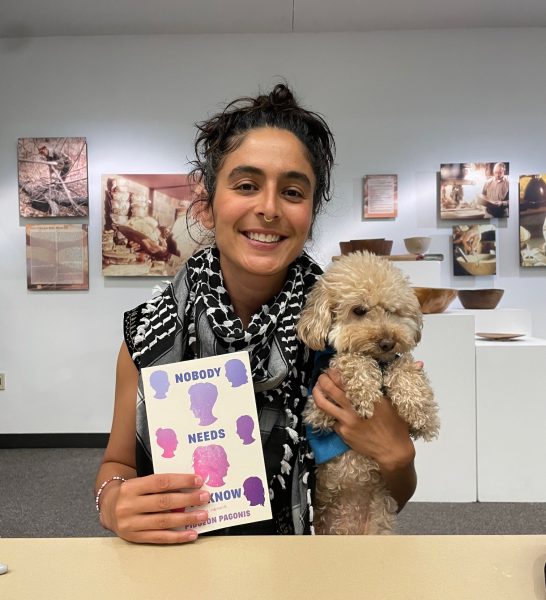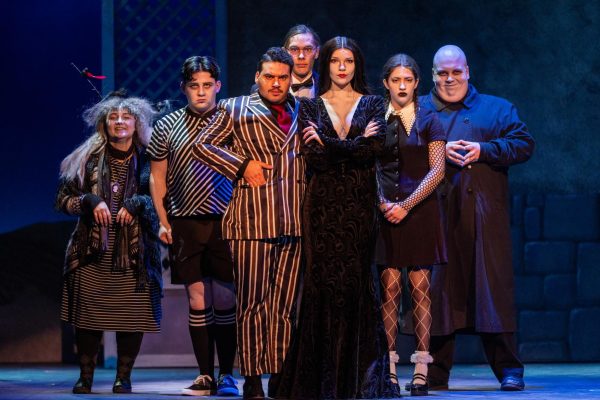History Club Series: Latin American Fairy Tales

Abigail Shimniok graphic
Dr. Chris Schulenburg gave the third lecture in the History Club’s mini lecture series on March 28. His lecture was focused on Latin American fairy tales. “Postmodern pokes fun at fairy tales … postmodern fairy tales are starting to question what fairy tales are about,” Schulenburg said.
Tales like Snow White and Cinderella are commonly known stories, that have been adaptations but they largely follow a set path which involves a lot of sitting around for the maidens.
With Latin American fairy tales, Schulenburg explains that “it’s not so cut and dry.” Fairy tales are primarily regional, they are novels of the land, as in they show the history of specific regions of Latin America.
Despite varying from place to place, there are still central elements to each fairy tale. All contain elements of the nation returning to what it used to look like before dictatorships or imperialism took hold, not what the future might look like for them. Magical realism is also a core element of understanding what reality looks like in Latin America.
“Even in (stories with) the most crude, violent revolution you could find, there were still magical elements,” Schulenburg said. The tales often depict the fantasy of what a nation could be, not necessarily what it actually is.
Typically, if a story is representative of a common fairy tale, the main characters, often female, do not follow the narrative. They make radical moves, such as the woman in “Realidad Nacional desde la Cama”, also known as “Too Much Rest.”
It follows a woman told to sleep after a revolution in Argentina, but her doctors try to force a new Argentinian agenda on her by attempting to brainwash her. Instead of conforming, she shuts off the TV attempting to brainwash her, a radical move, and decides to form her own idea of what Argentina should be.
Schulenburg also introduced listeners to the artist Elina Chauvet, who creates art installments called “Zapatos Rojos,” or “Red Shoes,” in public places like malls or plazas. The exhibit is meant to bring attention to the thousands of women who disappear while working along the border in places like factories. These women disappear without a trace and often no justice is brought to them.
Each “Red Shoe” signifies a dissonance and is representative of two things: being left behind, and Dorothy from “The Wizard of Oz.” “It is also the idea of thinking about going home and being home. Tapping your heels together and being back where you should be” Schulenburg said. He goes on to say that these fairy tales“ make us question the roles that people play, somebody who acts or somebody who is acted upon.”
The History Club will be giving its final mini lecture on April 4 at 6 p.m. in Doudna 205b. Due to past inclement weather, this is a reschedule of Dr. Adam Stanley’s Vampyre Myths.














